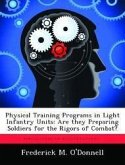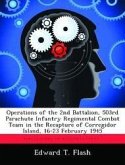This study analyzes the organization of the US Army infantry rifle squad since the end of World War II, focusing on the attempt to gain and then maintain the capability of fire and maneuver at the squad level. Since the end of World War II, the US Army has conducted or commissioned at least nine studies, aimed at determining the optimum organization of the infantry rifle squad. Common trends affect all recent attempts at transforming the US Army and become evident when studying the evolution of the squad, but the goal must remain developing a combat effective unit. Combat effectiveness is determined by applying the evaluative criteria of control, sustainability, flexibility, and lethality. By applying these four criteria to analyze various squad organizations, one can determine the strengths and weaknesses inherent to these organizations, thereby recommending the most combat effective rifle squad organization. The US Army's current focus on strategic deployability and emerging weapons capabilities is not a new phenomenon, but potentially could cloud the essential issue, developing a military force for optimum combat effectiveness. This study concludes by recommending the optimum squad-level organization for the "Objective Force."








